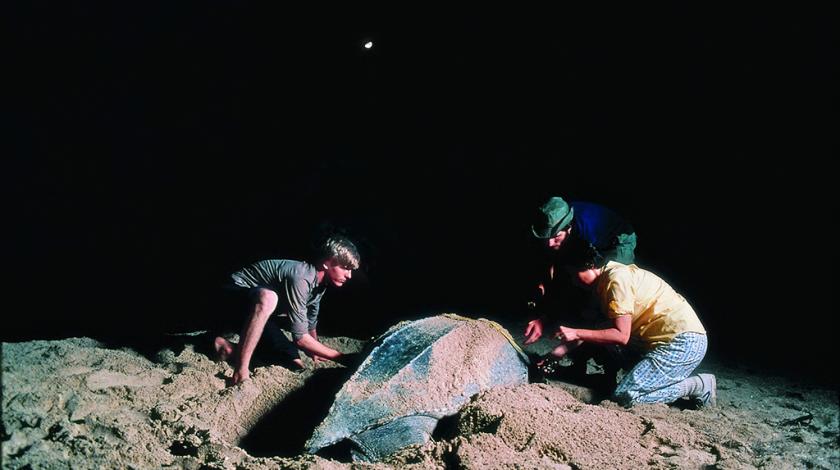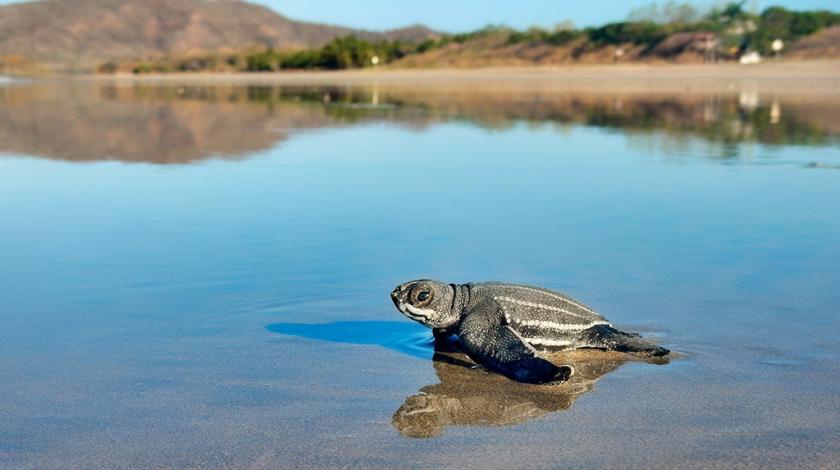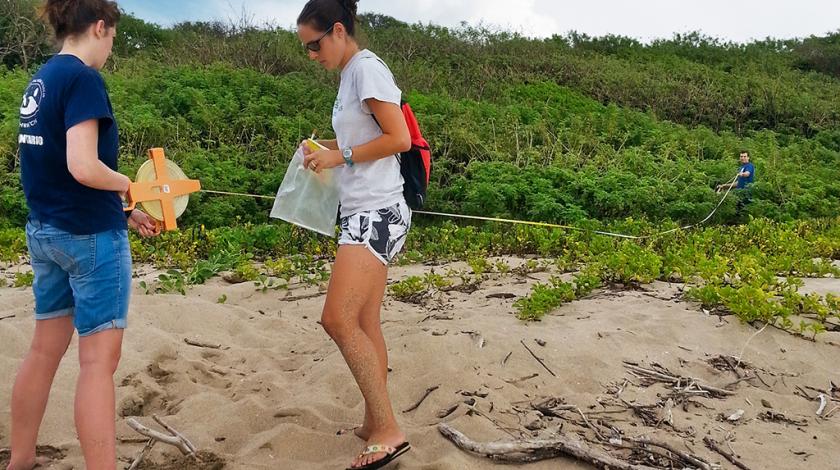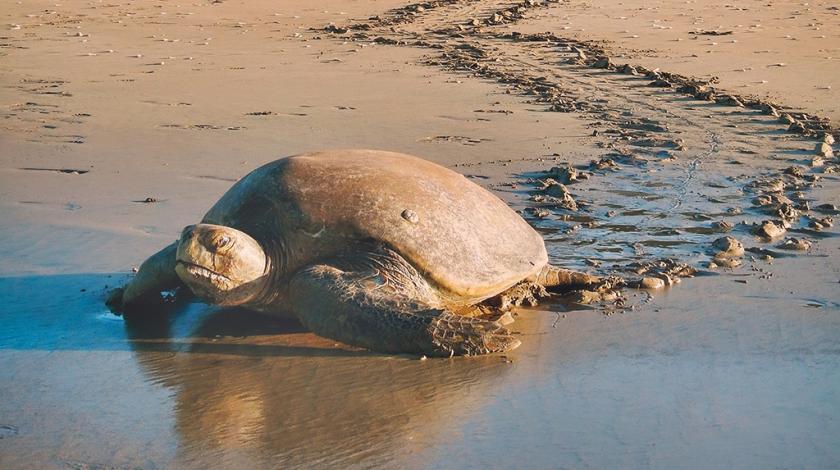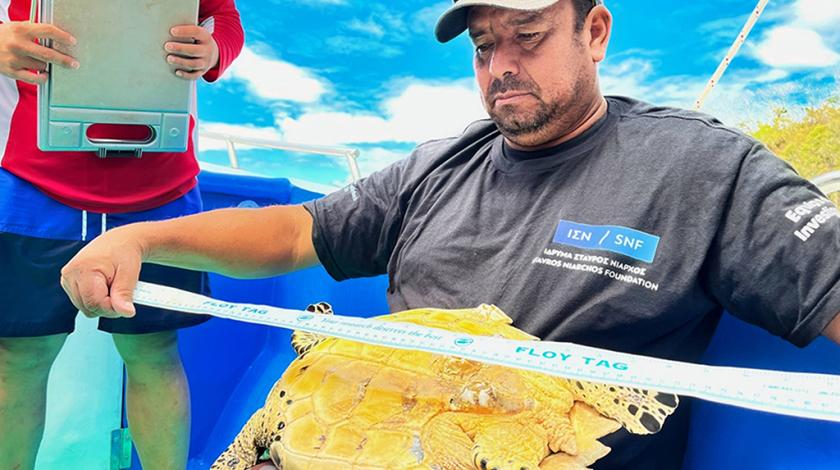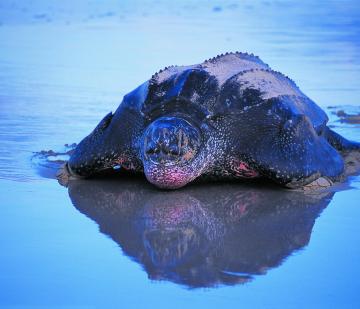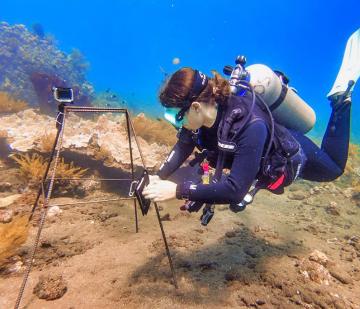BOOK WITH A $500 DEPOSIT
Costa Rican Sea Turtles



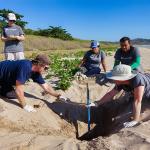
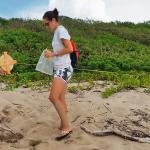
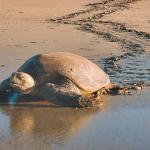
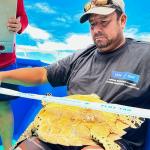
The leatherback sea turtle population in the Pacific, once the stronghold of the species, has decreased by over 90% since 1980. Help scientists investigate this decline and look for ways to save this, and other, sea turtle species.
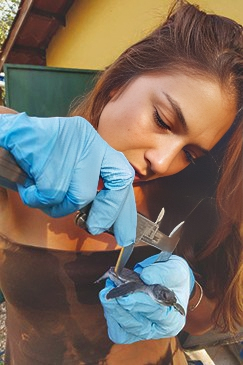 Costa Rica’s Guanacaste Province, Las Baulas National Marine Park, and Playa Cabuyal are home to critical nesting grounds for not only endangered leatherback sea turtles but also endangered green turtles and olive ridley turtles. On the sandy shorelines, these species haul themselves out of the ocean, dig holes with their flippers, and lay clutches of soft-shelled eggs. After a few months, fragile hatchlings will emerge and make their way to the ocean.
Costa Rica’s Guanacaste Province, Las Baulas National Marine Park, and Playa Cabuyal are home to critical nesting grounds for not only endangered leatherback sea turtles but also endangered green turtles and olive ridley turtles. On the sandy shorelines, these species haul themselves out of the ocean, dig holes with their flippers, and lay clutches of soft-shelled eggs. After a few months, fragile hatchlings will emerge and make their way to the ocean.
The world is a dangerous place for these tiny turtles and their parents. They’re threatened by climate change, boat traffic, fishing gear, coastal development, and humans hunting them for their meat and eggs. To truly understand why these ancient species have declined so rapidly and what we can do to stop this decline, researchers need to know everything about them: their behavior, physiology, genetics, population biology, and migration patterns. Subsequently, it is important to determine whether the current conservation and management efforts are working and how climate change is impacting these populations.
To build this knowledge base, you’ll walk the beach at night when turtles are active, getting up close to these massive animals to identify them and take measurements that help determine how they have changed since they were last seen. In addition, you will help collect skin samples for genetic analysis and attach transmitters that will track their local and long-distance movements. You’ll also help relocate eggs from nests in dangerous spots, like where waves might wash them away, to a hatchery. The researchers on this expedition have studied sea turtles for over three decades, and you'll help them expand the longest-running database that exists on Pacific marine turtles. This work is critical: with sea turtle populations declining at an alarming rate, each turtle is precious.
.
A Typical Itinerary
- Day 1: Arrival and orientation at Goldring-Gund Marine Biology Field Station (Playa Grande, Las Baulas National Marine Park)
- Days 2–4: Surveying the beach at Playa Grande, monitoring nesting turtles, relocating nests, & releasing hatchlings (team-dependent)
- Days 5–7: Transfer to the rustic Los Horizontes Station at Playa Cabuyal. Surveying the beach at Playa Cabuyal, monitoring nesting turtles, relocating nests, and using camera traps to assess biodiversity in the nearby mangrove estuary (team-dependent)
- Day 8: Day trip to conduct boat-based research on marine turtles at Bahía Matapalito, Santa Rosa National Park. Return to Goldring-Gund Marine Biology Field Station for concluding activities.
- Day 9: Departure
.
.
HOW YOU WILL HELP
.
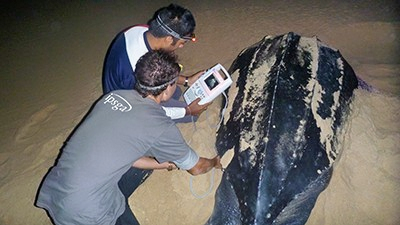
OBSERVE AND MONITOR NESTING SEA TURTLES
Those working on the beach at night will visit each nesting female turtle to take measurements, count eggs, and record any unusual markings or injuries—in other words, you’ll get as close as a person can to these majestic animals..
.
.
.
.
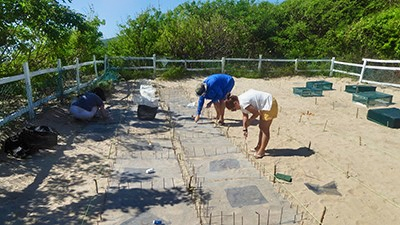
RELOCATE SEA TURTLE NESTS (NOV.–MID-DEC.), RELEASE HATCHLINGS IN OCEAN (MID-DEC.–FEB.)
Early in the breeding season, you'll check for nests that are in danger of getting washed away, then relocate the eggs in those nests to a hatchery where they can incubate safely. From mid-December to February when babies start to emerge from the eggs in the hatchery, these teams will take the tiny turtles to the beach and release them into the wild.
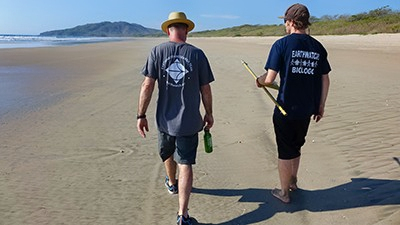
SURVEY THE BEACH
During the day, teams will count sea turtle nests on the beach, take nest temperatures, and look for signs of erosion that could put nests in danger.
.
Teams will also take a day trip to assist with in-water boat surveys. Participants will help local researchers to monitor juvenile and adult green turtles, olive ridley turtles, and hawksbill turtles. You’ll assist with weighing, measuring, and tagging turtles as a part of this work.
Field conditions and research needs can lead to changes in the itinerary and activities. We appreciate your cooperation and understanding.
.
.
FEEDBACK & QUESTIONS
.
5 Reviews on this Expedition
GET EARTHWATCH NEWSLETTER
Bi-weekly announcements, new expeditions, and updates on our impact around the globe.

